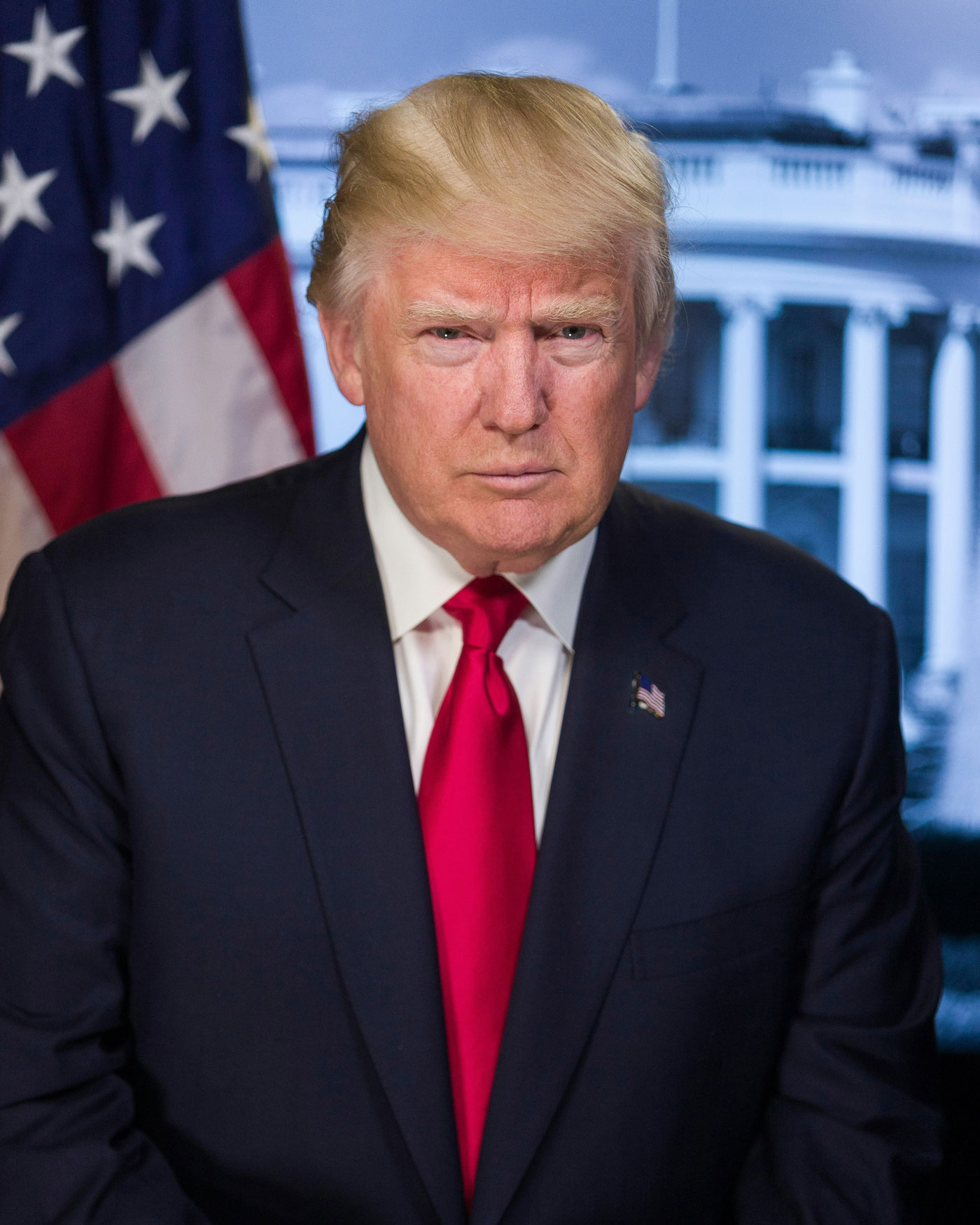When President Donald Trump stood in the Rose Garden last week and announced a sweeping 10% tariff on all US trading partners, with individual levies for 60 countries to follow, global markets buckled. Almost overnight, the U.S. tariff rate would increase from 2.5% to well past 20%. Within 48 hours, the Dow Jones Industrial Average plunged more than 3,900 points, wiping out some $6 trillion in value. It was, by all accounts, a historic rout – one driven not by economic fundamentals but by political brinkmanship.
And yet, amid the wreckage, the administration remains unapologetic. “It won’t be easy,” Trump declared on Truth Social, urging Americans to “hang tough” as the economic consequences of this far-reaching trade war began to ripple outward. Treasury Secretary Scott Bessent offered reassurance to anxious retirees, suggesting that these tariffs are ” building the long-term economic fundamentals for prosperity.” Commerce Secretary Howard Lutnick, meanwhile, has ruled out any delay to the 9 April implementation date, confirming that the tariffs will remain in place “for days and weeks” if not longer.
The White House’s stated goal is to “reset global trade” and “pry open foreign markets and break down foreign trade barriers” to regain lost ground in manufacturing, reduce America’s ballooning trade deficit and ultimately spark a kind of industrial renaissance. But this vision comes at a high price, and the so-called best-case scenario is both distant and deeply uncertain.
Even under optimal conditions – where other nations capitulate, slash their tariffs and open their markets to US goods – the reality is that the US economy remains overwhelmingly consumer-driven. In 2024, 68% of US GDP came from domestic consumer spending. The trade deficit was $918 billion. Reversing this imbalance would require a fundamental restructuring of the American economy. From an endgame perspective, MAGA would only succeed if the U.S. managed to relocate high-value manufacturing from Europe, rather than simply repatriating low-cost production from countries like China or Vietnam. In that scenario, America’s competition with China would come at the direct expense of Europe—reshaping global economic dynamics not by outpacing both rivals, but by drawing strength from one to counter the other.
This is a Herculean task. After all, Europe exported goods and services equivalent to 52% of its GDP in 2023, compared with just 10% for the United States. The EU’s GDP per capita reached $37,600 – three times that of China and about half of America’s $82,800. It is a basic tenet of global economics that more advanced, high-income nations consume goods and services produced by lower-income, developing economies. This interdependence has underpinned decades of shared prosperity through open trade. The alternative—a closed, self-sufficient system—offers a cautionary example in North Korea, where isolation has led not to resilience, but to chronic stagnation and poverty.
The motivation behind Trump’s push to eliminate trade deficits lies in a long-standing grievance: the loss of millions of U.S. manufacturing jobs over recent decades, even as GDP per capita has surged. For the administration, the logic follows that reclaiming high-value manufacturing—particularly from advanced economies—could help rebuild America’s middle class. In 2023, the EU increased its exports to the U.S. by 13% to $606 billion, far surpassing China’s $427 billion, which had declined 15% following preferential treatment of allies under the Biden administration. It is not surprising, then, that the Trump team seeks to reverse this trend by targeting European industrial exports.
Last year, the EU posted a trade surplus of $155 billion in goods with the U.S., partially offset by a $107 billion deficit in services—netting a surplus of $48 billion. But even if the administration were to eliminate this figure entirely, it would remain marginal when set against the scale of the U.S. economy, which stood at $30 trillion in GDP. The trade imbalance may be politically symbolic, but economically, it is a drop in the ocean. (Source)
To match China’s 26% share of global manufacturing value added, the U.S. would need to lift its own share from the current 11%—a highly ambitious target that would require shifting as much as 15% of Europe’s manufacturing base to American soil. A more plausible goal would be to emulate the EU’s 15% manufacturing base, but one that requires careful investment, skills training and long-term industrial policy. Not tariffs. (Source)
Even if Trump were to ‘win’ his trade war with the EU – a dubious proposition – the spoils would be marginal in macroeconomic terms. Consider this: a $6 trillion drop in stock market value over the weekend dwarfs the EU’s entire annual trade surplus with America by more than 100 times. Given that the bulk of US wealth, including pension assets, is invested in the market, this just doesn’t add up.
Nor does the strategic outlook inspire confidence. Over the weekend, the EU signalled its readiness to retaliate with tariffs on up to $28bn of US imports. China and Canada are already responding in kind. A potential axis of European and Chinese economic resistance would make Trump’s “America First” vision a lonely crusade. Far from “reindustrialising” the economy, such a scenario risks accelerating its isolation.
Ultimately, the Trump administration’s gamble is not just economic – it is ideological. It is betting that protectionism can deliver political rewards greater than the economic pain it inflicts. But if the best-case scenario already involves historic market losses, shattered alliances and a shake-up of global trade norms, one has to ask: what is the worst-case scenario?
